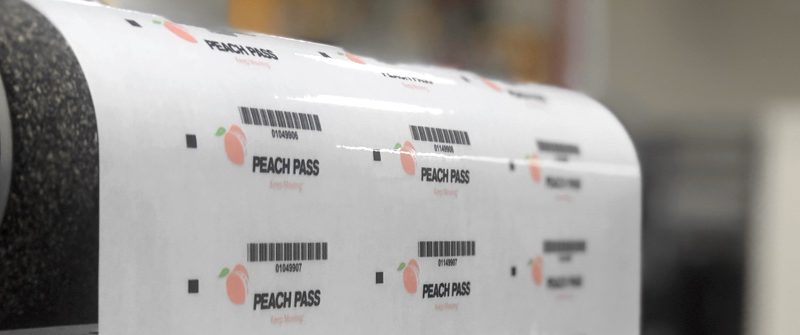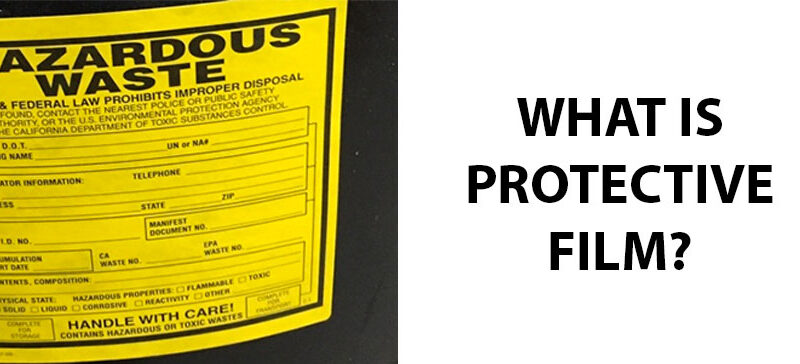The reason we select adhesives specifically to the type of surface the label will be applied to is because every surface has its own level of energy. Surface energy affects how adhesives “wet out” or spread to form a strong bond. The higher the energy level, the easier it is for the wetting out process to take place. Therefore, it is important that your manufacturer fully understands your application requirements, the surface the label is applied to, and the environment in which the label is required.
Here’s some examples of materials and their surface energy levels:
High Surface Energy Metals:
- Copper
- Aluminum
- Zinc
- Tin
- Lead
- Stainless Steal
- Glass
High Surface Energy Plastics:
- Kapton® Industrial Film
- Phenolic
- Nylon
- Alkyd Enamel
- Polyester
- Epoxy Paint
- Polyurethane Paint
- ABS
- Polycarbonate
- PVC Rigid
- Noryl® Resin
- Acrylic
Low Surface Energy Plastics:
- PVA
- Polystyrene
- Acetal
- EVA
- Polythylene
- Polypropylene
- Polyvinyl Fluoride Film
- PTFE Fluoropolymer
The bottom line: Materials with a high surface energy allow for a stronger adhesive bond than those with a low energy level. However, a reliable manufacturer will still be able to provide you with a dependable solution based on thorough adhesive testing.


